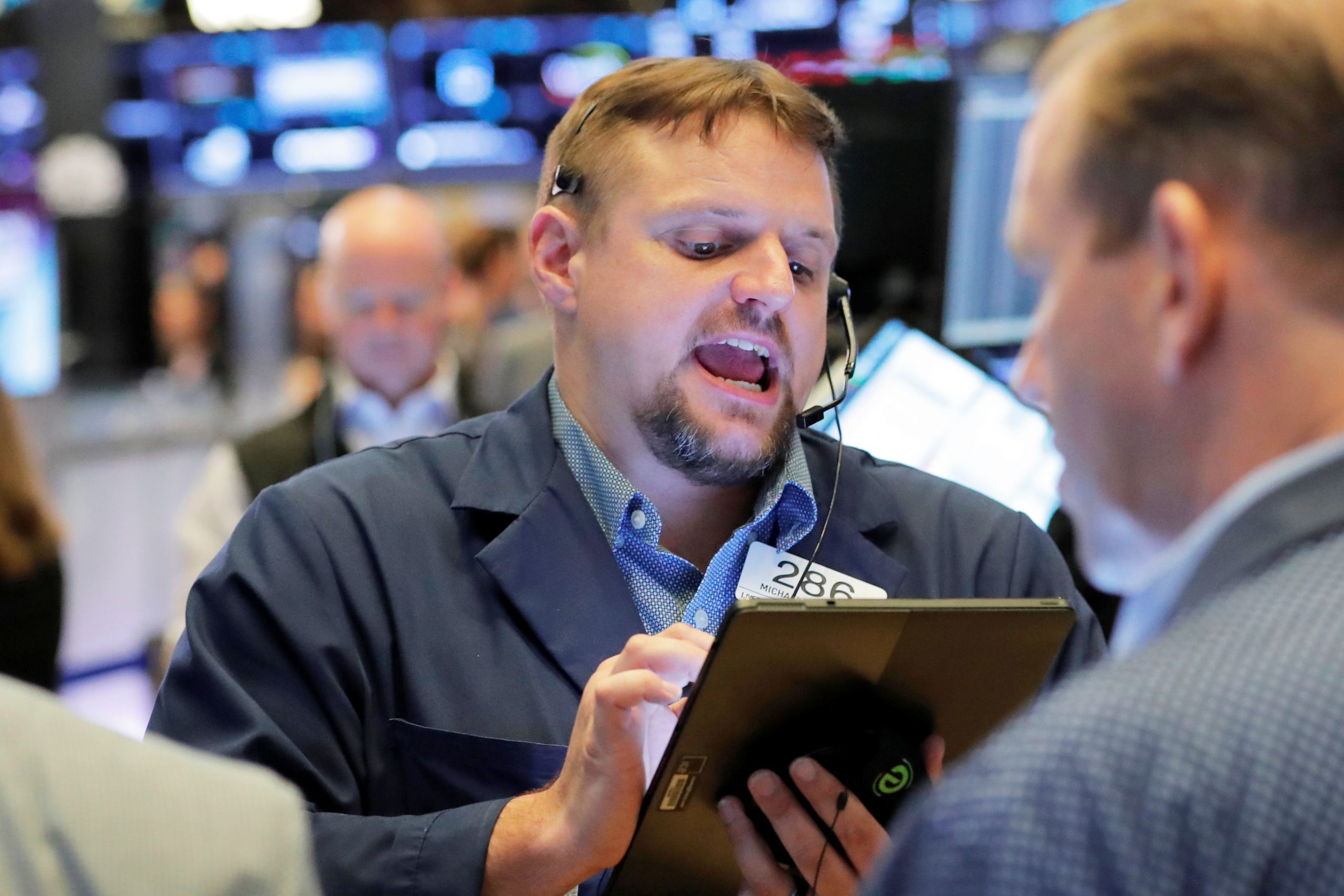If the Federal Reserve meets market expectations and cuts interest rates this year, it would be more to assuage flagging confidence than it would be to address any particular ill.
After all, most of the signs for the economy remain positive if slowing somewhat. Growth is neither unlikely to keep up with the rapid pace of 2018 and the first quarter of 2019, and it doesn’t look ready to reverse and take the country into recession.
But financial markets — not to mention the White House — are demanding a cut, and it’s likely to get at least one before the year ends.
“In some sense right now, the biggest thing they possibly could accomplish is more sentiment and mental than it is fundamental,” said Jim Paulsen, chief investment strategist the Leuthold Group. “You run the risk if you do one right now that you scare people more than help them. But that risk becomes greater the longer you wait. If you go early you’ve got a better shot of turning sentiment than when the data tells you that you have to ease.”
Asked if he thinks the Fed should cut, Paulsen said, “I don’t know if they’re going to, I’m not even sure they have to. But I am worried about the sentiment freeze.”
At least two cuts anticipated
Markets are quite a bit more certain than Paulsen.
In fact, futures traders have almost fully priced in not one but two cuts before the end of the year, in September and December. The probability for a September easing stood at around 89% Monday while a second reduction in the fed funds rate for December was about 83%, according to the CME’s FedWatch tool.
Some Wall Street strategists have even gotten more aggressive about their expectations. Barclays sees a 75 basis point reduction before year end, with the Fed cutting a half point in September and a quarter point in December. Evercore ISI sees three cuts, with the final one coming in March 2020.
“We now see a base case in which the Fed will reluctantly cut rates three times starting in September in a mini-easing cycle intended to insure against downside risks associated with trade conflict,” Evercore economists Krishna Guha and Ernie Tedeschi said in a note, “though we do not think the [Federal Open Market Committee] has yet reached this conclusion and there remains a substantial possibility it will get away with keeping rates on hold.”
Note: we have created a profitable forex advisor with low risk and stable profit 50-300% monthly!
The case for rate cuts is being pushed by a few key dynamics: worries that a prolonged trade impasse between the U.S. and China will exacerbate a larger global slowdown, and the continued and increasingly aggressive inverting of the yield curve that has been a reliable indicator for a looming recession, usually about a year away.
In recent days, the three-month Treasury yield has eclipsed the benchmark 10-year note by nearly a quarter point. An inverted yield curve is generally the bond market’s signal that it expects longer-range growth to be less than the near term.
A ‘painful’ path to rate cuts
Regardless of which factor is more dominant, markets now feel the Fed has no choice but to ease. Evercore says the central bank’s actions in 1995-96 and in 1998 serve as a template, when it cut rates 75 basis points in an effort to jolt a lumbering economy.
“Absent an improvement in trade, failure to validate market pricing would trigger a further tightening of financial conditions,” the Evercore team wrote.
Should the Fed delay hiking, they said, “the path to cuts may be a painful one for equity investors.”
Indeed, markets have taken a beating as the trade war has intensified — and now looks to be spreading to Mexico — and the Fed’s inaction could continue to cause sentiment to suffer. The FOMC meets June 18-19, and market pricing is for a 29% probability of a 25 basis point cut from the current target range of 2.25% to 2.5%.
St. Louis Fed President James Bullard said Monday that a reduction “may be warranted soon.” However, Bullard has been one of the most reliably dovish members, so his sentiments may not reflect those of the full committee.
The case against a cut
Fed Chairman Jerome Powell will face a difficult balancing act at the meeting to acknowledge market trends while not jangling nerves. Powell and most of the other FOMC members have been consistent in saying that they are content with current policy and don’t plan on any changes this year.
“There’s enough strength in the labor market to allow them to think about raising rates still, but there’s not enough inflationary pressure to require them to do so,” said Scott Clemons, chief investment strategist at Brown Brothers Harriman. “My own read is I don’t think that economic conditions warrant a rate cut, and whatever economic stress there is at the moment is largely man-made.”
Clemons acknowledges he is in the minority on rates, but he also pointed out that trading in the fed funds futures market can be volatile and reversible if conditions change.
He thinks that if the solid economic conditions remain stable, that would keep the Fed on the sidelines.
“Something would have to change” for a rate cut, he said. “September is 90 days away. That’s not a lot of time for something to go south in a hurry. That’s a big exogenous event, that’s 50% tariffs, that’s China shutting down Apple. It’s not unthinkable, but it’s hard for me to imagine.”


 Signal2forex.com - Best Forex robots and signals
Signal2forex.com - Best Forex robots and signals




